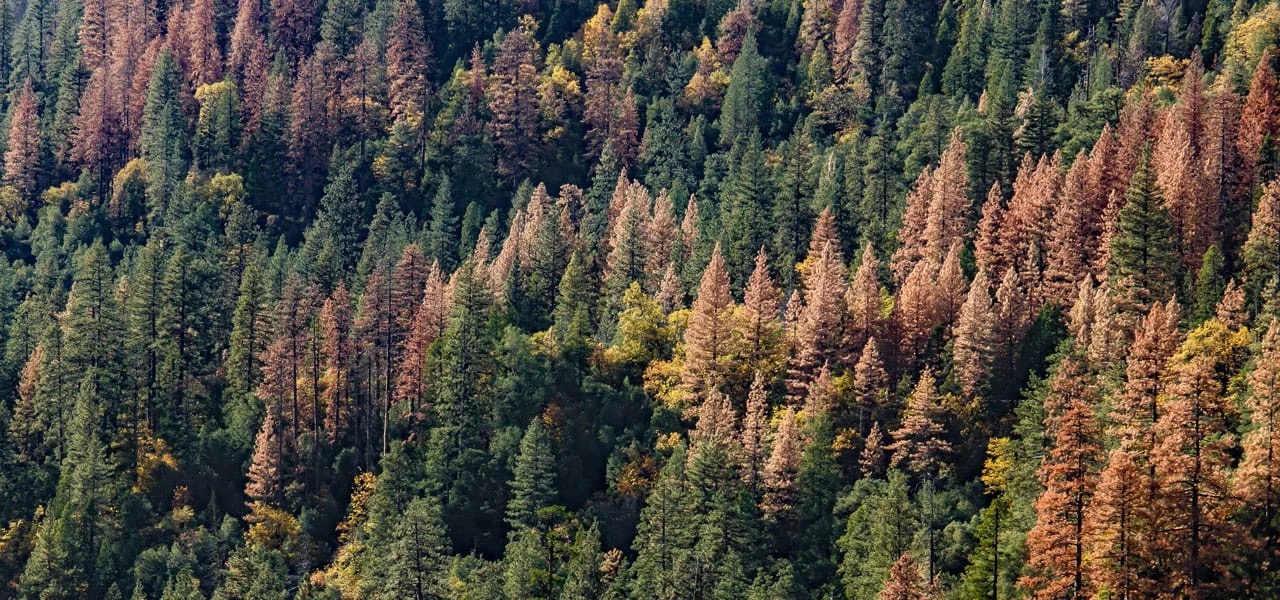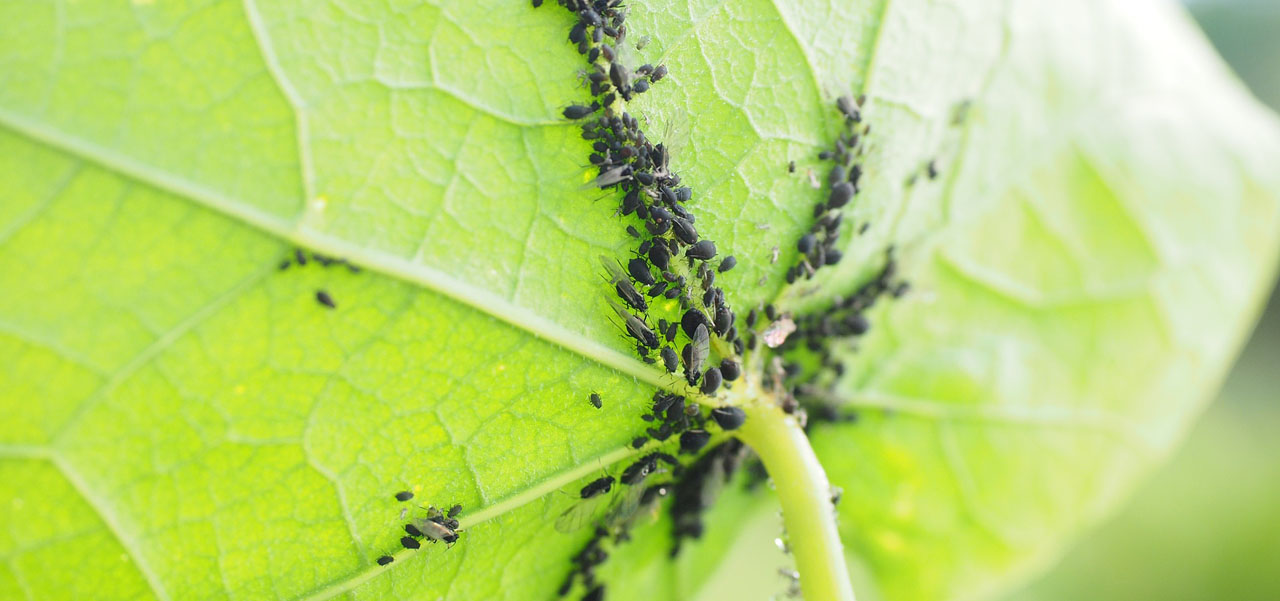In some seasons, many area residents become concerned about their aspen trees’ loss of foliage. When we have cool temperatures along with the above average precipitation during the spring and summer, aspens are prone to foliage disease (aspen leaf blight) caused by a host of fungi. Occasionally, a severe outbreak will cause premature defoliation or dieback of parts of the tree.
The severity of the problem depends on when the aspens lose their leaves.
- If defoliation occurs early in the season, a second growth of foliage may appear and the health of the tree should not be seriously affected.
- Loss of leaves in midsummer followed by subsequent refoliation could prevent the tree from completely hardening off prior to cold weather. It can also reduce the amount of food stored, leading to increased danger of frost, reduced growth and vulnerability to other insects and diseases.
- When leaves are lost late in the season, the tree will not refoliate.
Treating Aspen Leaf Blight
Managing foliage disease effectively relies primarily on sanitation. Removal of the infected leaves, twigs and branches in the fall may reduce the amount of disease the following spring.
Fungicides can also prevent foliage diseases, however it will only prevent new infections – any leaves already infected will not be cured. Sprays should be done at bud break which normally occurs late May to early June here in the Colorado foothills. A second application is highly advisable during the growing season at a 12-14 day interval from the time of the first spray.
Four Fungi Affecting Aspens in Colorado
Marssonina – identified by dark brown flecks with yellow halos. Mature spots characteristically have a white center. Severely infected leaves may have spots fused.
Ciborinia – commonly known as ink spot. Appears as tan to brown areas on upper leaf surfaces late spring to early summer, may become totally brown by mid-summer. Eventually, raised, oval shaped, black masses form on affected leaves, falling out in late summer. Especially prevalent in dense stands of aspen.
Venturia – brown to black irregular shaped areas showing in early spring on leaves near shoots infected the previous season. Leaves eventually become dry and distorted. Typically spreads to new shoots, blackening and curling to resemble a shepherd’s crook.
Melampsora – recognizable by small yellow-orange pustules on lower leaf surfaces. Though common, it rarely causes serious problems.
What To Do If You Suspect Aspen Leaf Blight
Aspens are prone to a range of pests and diseases and the exact problem can be difficult to diagnose. It’s best to set up a consultation for an onsite diagnosis.
If the symptoms you’re seeing don’t seem to be leaf blight, check out this article on other common problems with aspens in our area.




